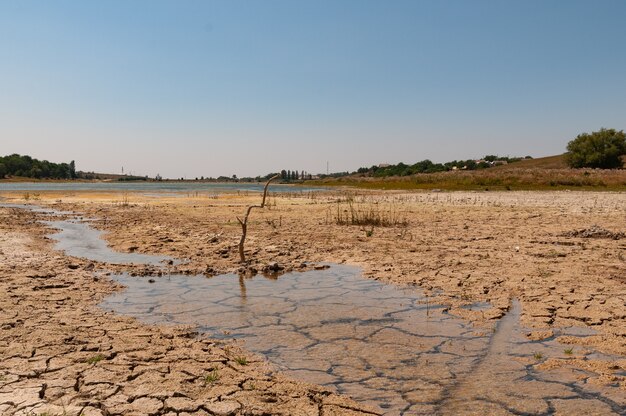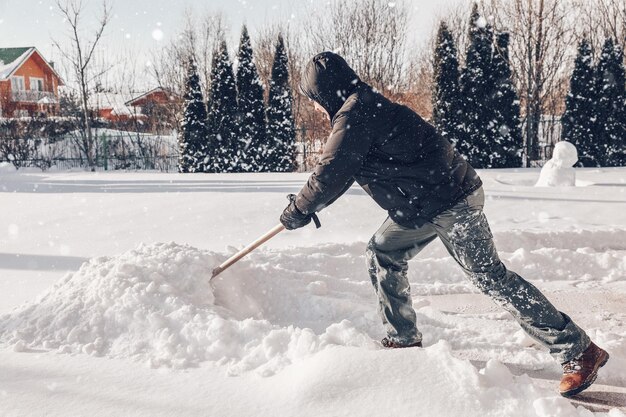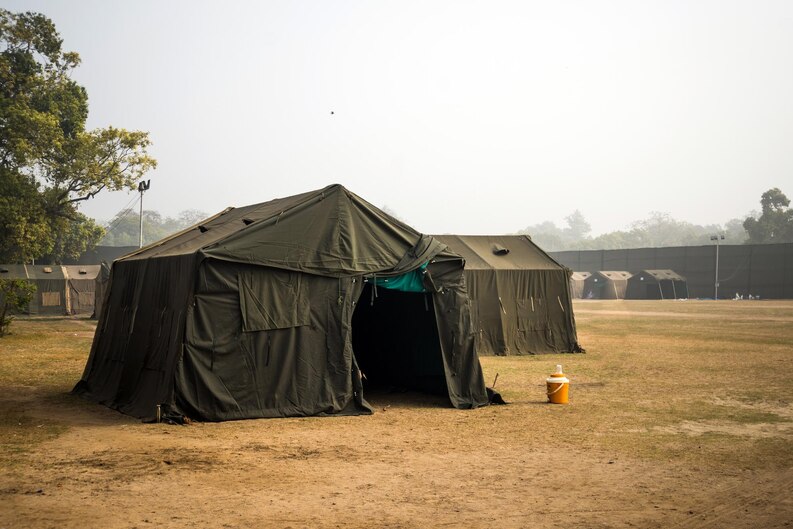Climate change is a scientific phenomenon. The planet has seen significant changes (Due to Global Warming) including the extinction of species, rising of sea levels, deforestation, and extreme weather events. On the other hand, we can put an end to global warming by carrying out, in our community, a few insignificant but more long-lasting actions.

Let us describe simple ways that have the potential to bring about significant shifts in daily habits that can be adopted locally to combat global warming.
Understanding Extreme Weather Conditions
Extreme weather conditions happen due to unusual climate conditions or severe weather, says a the U.S. Department of Agriculture. These weather conditions have the potential to devastate effects on agricultural ecosystems, residential communities, and natural ecosystems. Climate-related outrageous occasions are in many cases brief and incorporate intensity waves, freezes, weighty storms, twisters, hurricanes, and floods.

Extreme climate events either emerge from the accumulation of weather or climate events that last for a longer time than weather events or either last longer than weather events. Wildfire outbreaks that follow an unusually wet and productive growing season or drought that occurs as a result of prolonged periods of below-normal precipitation are two examples.
Preparing for Extreme Weather Conditions
Now it’s time for you all to prepare for extreme weather conditions. Determine your options before severe weather strikes. The arrangement is critical to remaining safe and limiting effects.
- Be Weather-Ready: Regularly check the weather forecast to see if you are susceptible to severe weather. Stand by listening to nearby news or a NOAA Weather Conditions Radio to remain informed about extreme rainstorm watches and admonitions.
- Sign Up for Notifications: Learn how your community communicates with you. Outdoor sirens are used in some communities. Others rely upon media and cell phones to make occupants aware of extreme tempests.
- Create a Communications Plan: Have a family plan that incorporates a crisis meeting place and related data. Choose a safe room in your home with no windows, such as the basement, storm cellar, or interior room on the lowest floor.
- Practice Your Plan: Lead a family serious tempest drill consistently so everybody understands what to do on the off chance that a harming wind or huge hail is drawing nearer. Ensure all individuals from your family know to go there when serious tempest alerts are given. Remember pets assuming time permits.
- Prepare Your Home: Trim the branches and trees near your house. If they have the opportunity and willpower before extreme weather conditions hit, secure free items, close windows, and entryways, and move any important articles inside or under a tough design.
All these tips will help you to prepare yourself in times of tough weather conditions.
Surviving Heat Waves & Droughts
The highest risk for wildfires is present in nations with temperatures that have never been seen before. Even after months of drought, many have not recovered. That’s why you must build effective resilience that will allow you to survive heat waves & droughts. Read this article and acknowledge yourself with the tips that you can follow to survive heat waves & droughts.
- Creating heat preparedness plans with all residents in mind, such as opening cooling centers during extreme heat waves and adopting workplace heat stress standards, identifying vulnerable populations.
- To lessen the urban heat island effect, cool & green roofs, and cool pavement should be installed.
- Establishing trees to conceal and cool the air through evapotranspiration.
- Pursuing energy efficiency to lessen the amount of demand placed on the electricity grid, particularly during heat waves.

Navigating Blizzards & Cold Snaps
Everyone needs to know necessary to survive a blizzard or other winter storm. There are numerous sorts of winter storms and each can be dangerous. During a blizzard, imagine being stranded in a car or surrounded by snow. Would you be capable of surviving? Your life could be saved with this advice.
Tips for Surviving a Winter Storm
Outside:
- Get shelter as soon as possible. Wind chill can cause your core body temperature to drop to dangerous levels in strong winds. Every minute you spend outside in the cold, your chances of suffering from hypothermia and frostbite increase.
- Assuming that you are wet, attempt to get dry. In addition to providing warmth, lighting a small fire will allow your clothing to dry out.
In a Car or Truck:
- Never get out of your car. On the off chance that you are abandoned, it will offer a type of security from overexposure to the virus. A solitary individual strolling through the snow is likewise more earnestly to find than an abandoned vehicle or truck.
- To provide some heat, it is acceptable to drive the vehicle for brief intervals. Keep in mind to slightly crack the windows to let in some fresh air. Perilous exhaust vapor, including carbon monoxide, can develop rapidly.
At Home:
- Assuming that the power goes out, utilize an elective type of intensity with alert. Without adequate ventilation, fireplaces and kerosene heaters can be dangerous. Keep children away from any other source of heat.
- Stick to one space for intensity and close off superfluous rooms in the house. During the day, let light through the windows, but at night, cover them to keep warm air in and cold air out.

Wrapping It Up
Heat is the deadliest climate-related danger in the U.S. It kills a greater number of individuals than all others consolidated. It likewise inconveniently affects the economy, energy and water utilization, foundation and biological systems, and our satisfaction.
Higher temperatures are having an effect on communities of all sizes and in all parts of the world as a result of climate change. However, some areas, such as those with a history of racial profiling or communities with a majority of low-income or minority residents, are more popular than others.
Thus, these tactical methods have been introduced to teach you how you can save yourself and your loved ones in extreme weather conditions.






